King Tuts bed, jewelery box, 3 religous boats to arrive in Egyptian museum for restoration
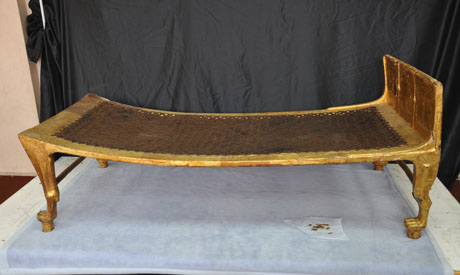
Within the coming days, five artefacts from the golden King Tutankhamun’s collection are to be transported to the planned Grand Egyptian Museum (GEM) overlooking the Giza plateau for restoration and prepare them to be exhibited in the king’s hall when the museum open in 2015.
king's golden wooden bed, plain jewellery box and three tiny wooden religious boats were part of a collection that went on a five-year tour of several US states and Japan.
GEM Director Hussein Abdel Bassir tells Ahram Online that these objects will undergo restoration and will be stored in the museum’s galleries with a collection of 501 of Tutankhamun’s items already in the museum.
He adds that the complete collection will be on display at the GEM when it opens to the public in 2015 in 7500 square metre hall, which is seven times larger than the halls allocated to display the boy king’s collection at the Egyptian museum in Tahrir Square, downtown Cairo.
Although the GEM is still under construction, the project’s first two phases, including a power plant, fire station, fully-equipped conservation centre with 12 labs and four storage galleries were inaugurated in 2010. The third and fourth phases, including the main GEM display building, is under construction.
Abdel Bassir points out that the GEM project was launched to create the best environment to display Egypt’s priceless treasures, which are now overstuffed at the Egyptian museum in Tahrir Square. There will be more space, better lighting and more information available.
The Tahrir museum will be dedicated to ancient Egyptian art, displaying large statues and colossi expressing the skills of ancient Egyptian artists and artisans.
The LE5 billion GEM ($74mn) project is 65 percent funded by the Japan International Cooperation Agency (JICA), which is providing a $300-million soft loan to be repaid over 30 years at an interest rate of 1.5 percent. Payments will be made in installments after a 10-year grace period following the GEM's official inauguration.
Another $27 million was donated by businessmen, while the culture ministry of the former regime provided $150 million.
A joint venture between Hill International and EHAF consulting engineers will provide project management services during the design and construction phases of the project.
The GEM complex will centre on the Dunnal Eye, an area containing the main exhibition spaces. From this central hub a network of streets, piazzas and bridges will link the museum's many sections.
The design is by Shih-Fu Peng of the Dublin firm Heneghan, winners of the international architectural competition held in 2003. According to Peng, the museum, which will be partly ringed by a desert wall containing half a million semi-precious stones, will act as a link between modern Cairo and the ancient Pyramids.




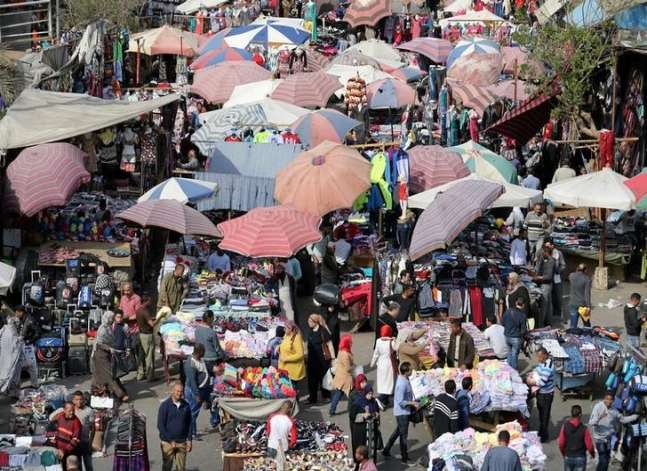

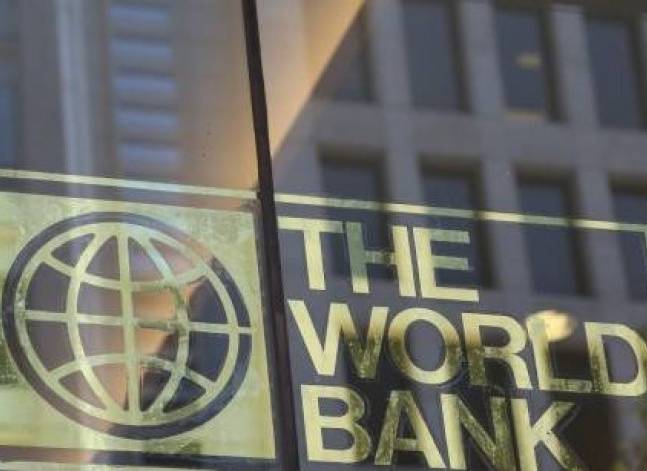
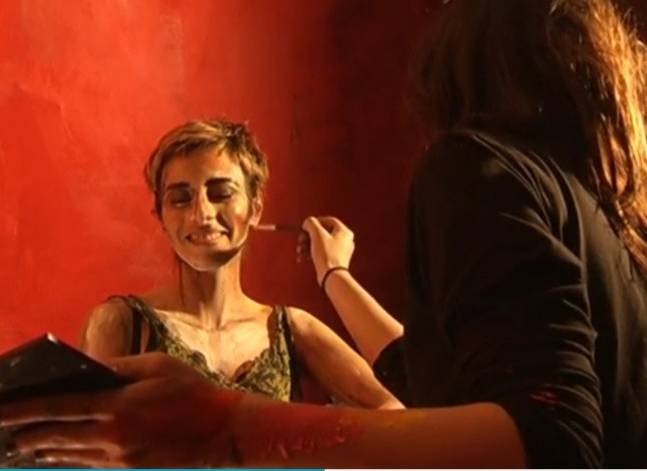
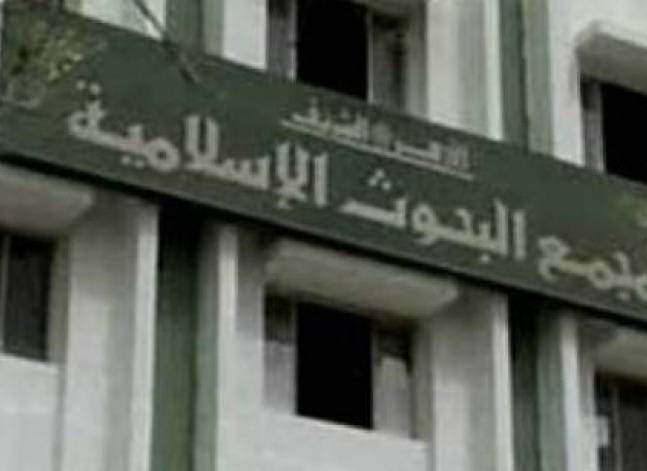
facebook comments